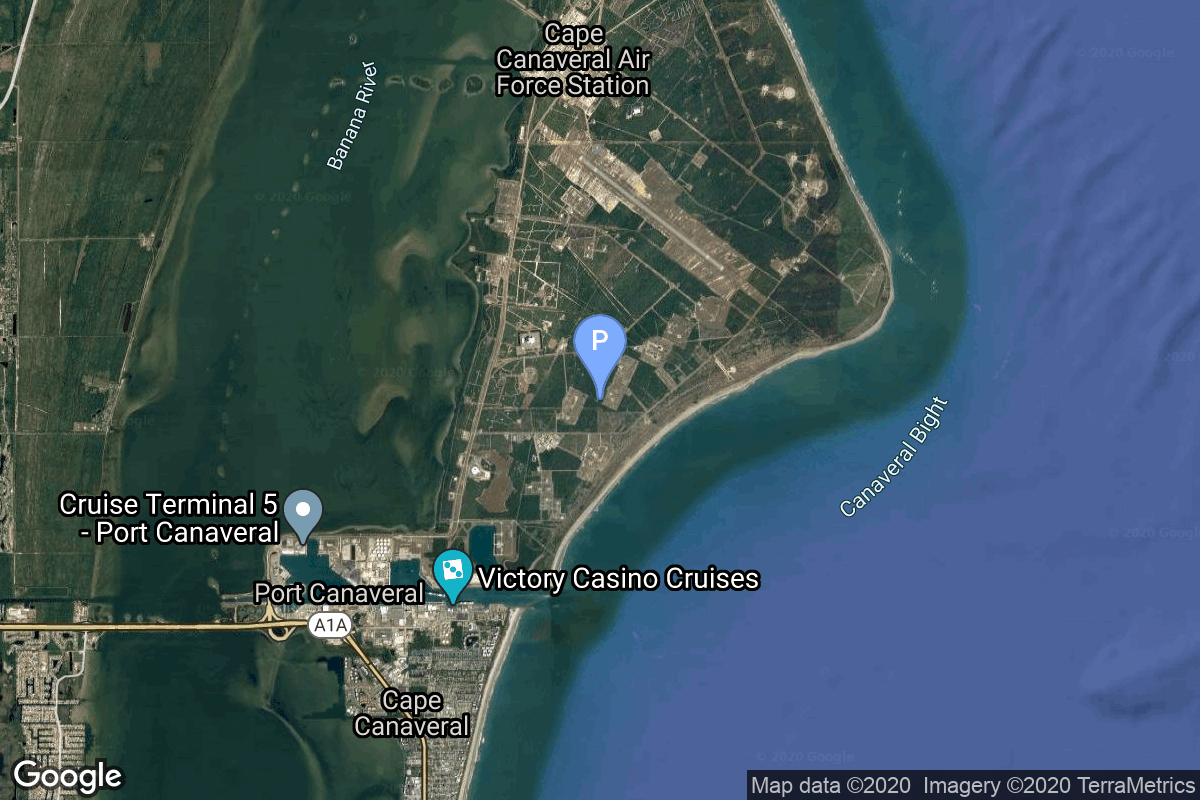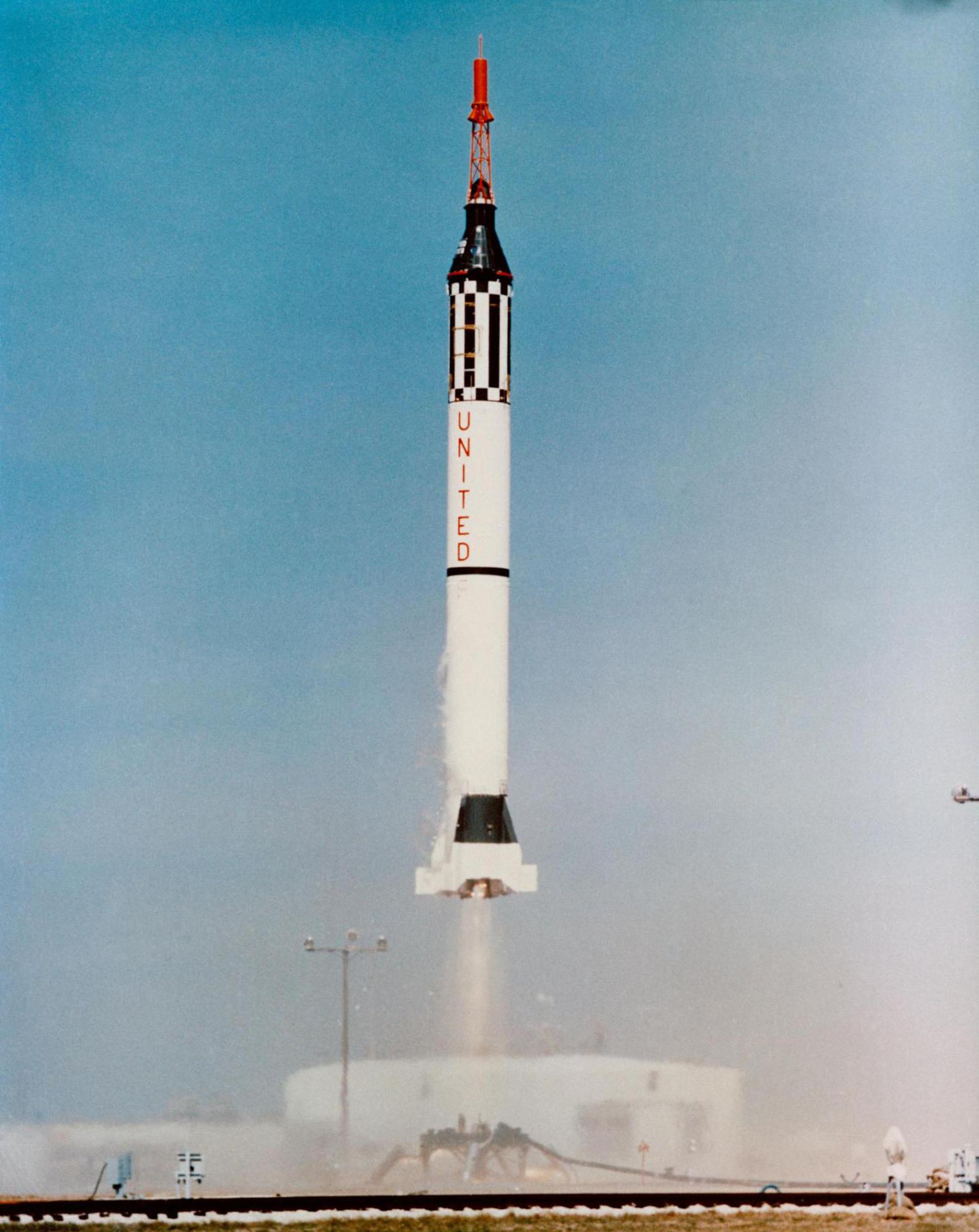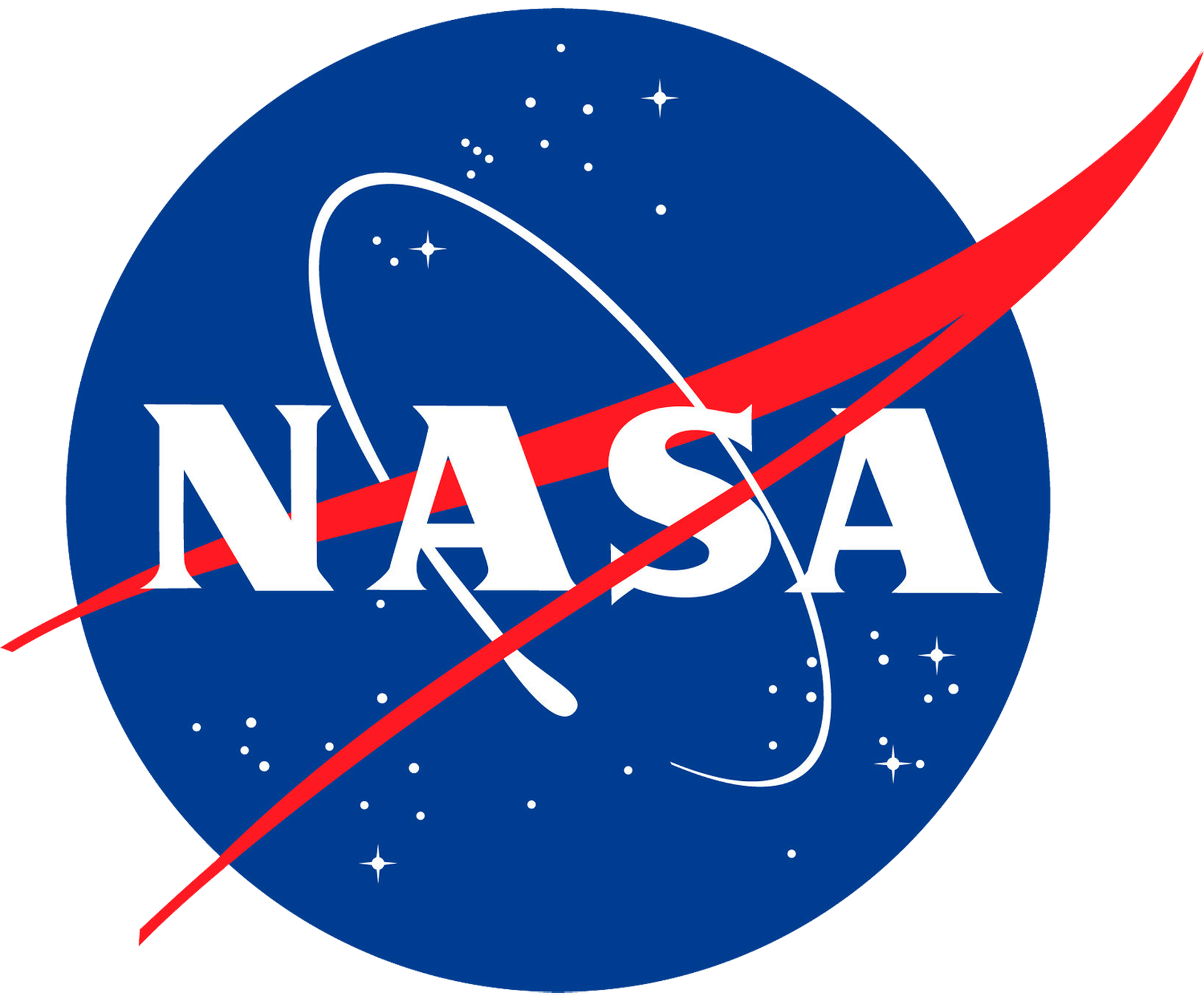Mercury-Redstone 2
Redstone MRLV
National Aeronautics and Space Administration
Mission
Mercury-Redstone 2
- Type: Test Flight
- Orbit: Suborbital
Mercury-Redstone 2 (MR-2) was the test flight of the Mercury-Redstone Launch Vehicle just prior to the first crewed American space mission in Project Mercury. Carrying a chimpanzee named Ham on a suborbital flight, Mercury spacecraft Number 5 was launched at 16:55 UTC on January 31, 1961 from LC-5 at Cape Canaveral, Florida. The capsule and Ham landed safely in the Atlantic Ocean 16 minutes and 39 seconds after launch.
Location
Rocket
Chrysler Redstone MRLV
The Mercury-Redstone Launch Vehicle, designed for NASA’s Project Mercury, was the first American manned space booster. It was used for six sub-orbital Mercury flights from 1960–61; culminating with the launch of the first, and 11 weeks later, the second American (and the second and third humans) in space. The four subsequent Mercury human spaceflights used the more powerful Atlas booster to enter low Earth orbit.
A member of the Redstone rocket family, it was derived from the U.S. Army’s Redstone ballistic missile and the first stage of the related Jupiter-C launch vehicle; but to human-rate it, the structure and systems were modified to improve safety and reliability.
Agency
National Aeronautics and Space Administration
The National Aeronautics and Space Administration is an independent agency of the executive branch of the United States federal government responsible for the civilian space program, as well as aeronautics and aerospace research. NASA have many launch facilities but most are inactive. The most commonly used pad will be LC-39B at Kennedy Space Center in Florida.


